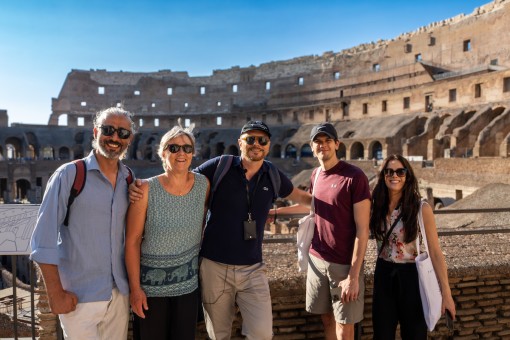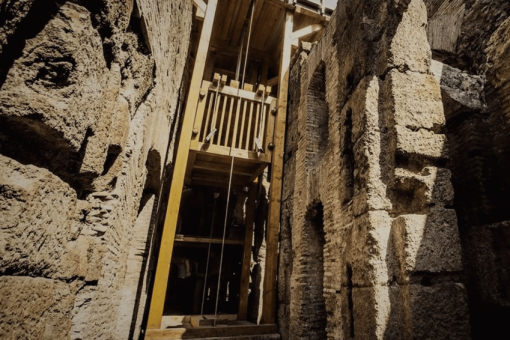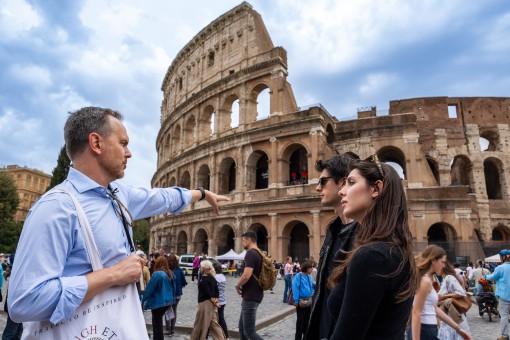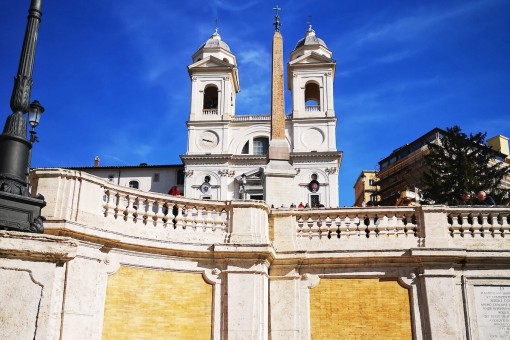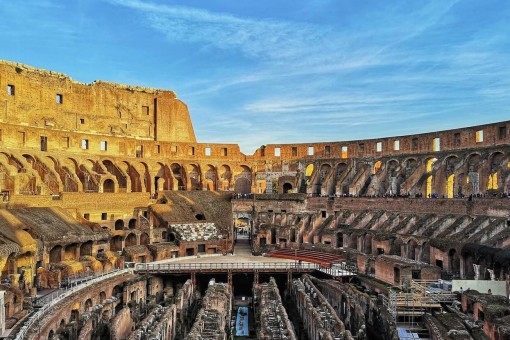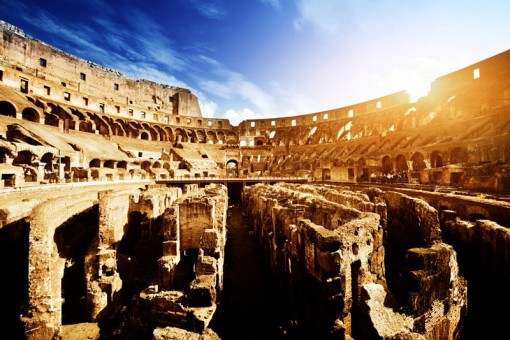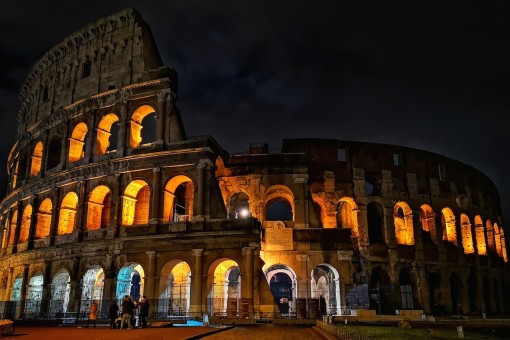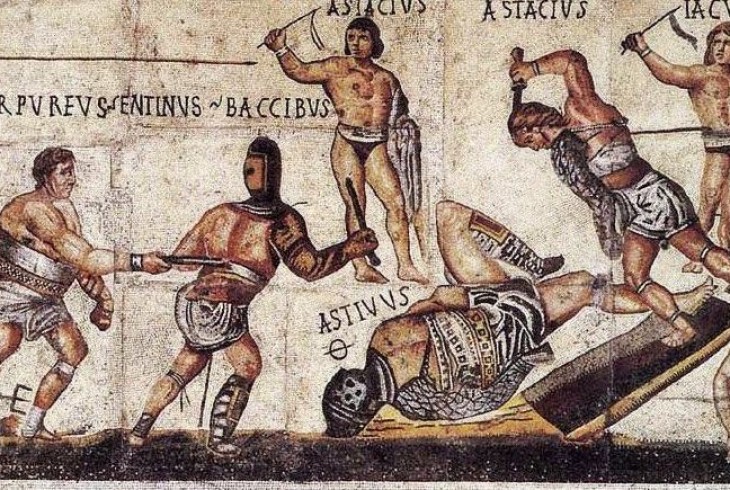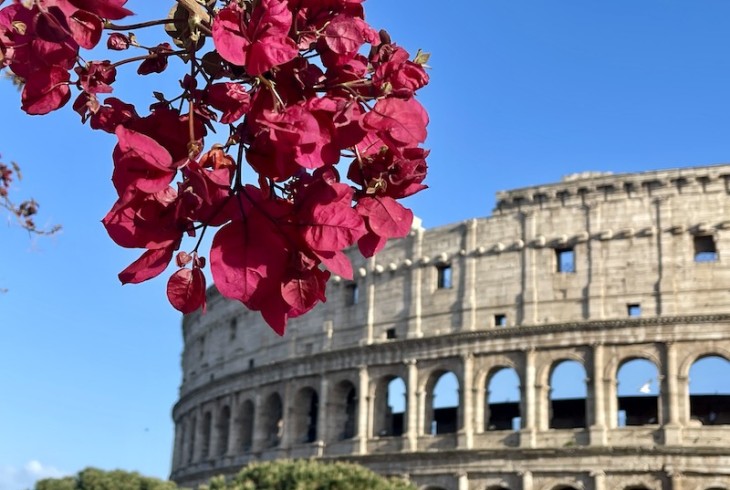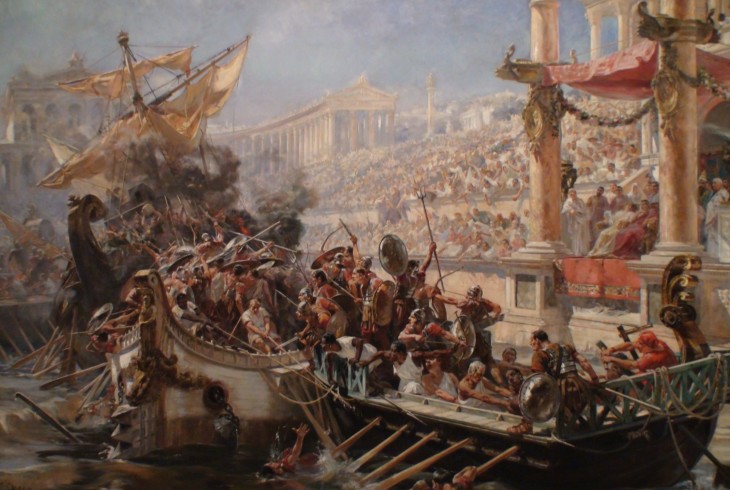Discover the magnificence of the Colosseum through our diverse range of tours crafted to suit every preference. Why choose our Colosseum tours? We pride ourselves on offering an array of tours designed to cater to various needs, ensuring an unforgettable experience.
We prioritize professionalism and expertise. Our team consists of knowledgeable guides fluent in multiple languages, guaranteeing an immersive and informative journey through history. Whether you prefer English, Spanish, French, or any other language, our professional guides will make your Colosseum visit insightful and engaging.
Moreover, we understand the importance of affordability. Our competitive pricing ensures that exploring this iconic landmark remains accessible to all. We even offer an exclusive discount for students, making the experience both enriching and budget-friendly.
Additionally, we provide options for both private and group tours. Opt for an intimate exploration with our private tours tailored to your schedule and interests. Alternatively, join our group tours, accommodating a maximum of 24 participants, fostering a dynamic yet personalized experience.
Because convenience is paramount in our services, upon request, we arrange seamless transfer services to and from the Colosseum. Whether you prefer the privacy of a personal vehicle or the camaraderie of a coach, our transfer services cater to your comfort and preferences.
Embark on a journey through time and history with our Colosseum tours. Experience the grandeur of ancient Rome accompanied by professional guides, competitive pricing, flexible tour options, and convenient transfer services. Choose us for an unforgettable Colosseum adventure!
Our Best Colosseum Tours 2023-2024
Allow us to introduce some of our top Colosseum tours. These carefully curated experiences promise an immersive journey into history and architectural wonders.
Colosseum Underground Tours
Join us for an extraordinary adventure through time with our exclusive Colosseum underground tours. Dive deep into history with the Private Colosseum Underground Tour, an intimate VIP experience descending into the exclusive underground areas of this ancient marvel.
Relive the terrifying days of gladiators as you explore hidden tunnels and cells, imagining their deadly battles. Walk onto the arena floor, where echoes of the past come alive amid the roars of ancient crowds. Our tour extends to the Palatine hill and Roman Forum, unveiling the roots of our modern world in streets teeming with life over 2,000 years ago.
For a different perspective, indulge in our Colosseum Tour by Night. Witness the dramatic spectacle of the ancient amphitheater illuminated under the moonlight on this special after-hours journey.
Traverse the dark tunnels of the Colosseum's underground labyrinth, imagining the fearsome contests held in the arena above. With an expert guide, follow the footsteps of gladiators and behold the stunning sight of ancient Rome illuminated against the night sky. Book your place today for an unforgettable evening in the Eternal City!
Private Colosseum Tours
For those seeking a private tour of the Colosseum, our myriad options offer immersive journeys through the heart of ancient Rome.
Dive into history with our Private Colosseum Tour with Roman Forum & Palatine Hill Essential Experience. Explore archaeological wonders alongside an expert guide, piecing together the ancient city's secrets within a 3-hour itinerary designed for time-strapped travelers.
Conversely, our Private Colosseum Tour with Ancient Rome: Immersive Experience presents an in-depth journey that vividly brings ancient Rome to life. Uncover the Colosseum's deadly spectacles, unravel the political intrigue of the Roman Forum, and delve into the opulent Palatine Hill. Immerse yourself in captivating tales of emperors, gladiators, and power, witnessing Rome's timeless echoes within the city's present-day landscape.
Alternatively, indulge in our Piazzas of Rome Tour with Colosseum & Roman Forum. Feel the amphitheater's pulse and wander where history's greatest figures once trod. Additionally, on this tour, experience the allure of other iconic landmarks such as The Trevi Fountain, The Spanish Steps, and Piazza Navona.
Step onto the Arena Floor with our Private Colosseum Tour with Arena Floor, Forum, and Palatine Hill. Experience the Colosseum's magnificence, limited tickets ensuring an exclusive encounter with ancient grandeur. Don't miss this opportunity!
Group Colosseum Tours
We also provide a diverse range of options for group tours of the Colosseum, catering to various preferences and interests.
Travel back in time on our Colosseum Tour with Gladiator Arena Floor, Forum, and Palatine Hill. Led by an expert archaeologist, step onto the arena floor and relive ancient spectacles, delving into the drama of deadly games. Explore the Forum and conclude amidst the evocative ruins of Palatine Hill, showcasing Rome's opulent past.
Experience the Ultimate Colosseum Tour with Roman Forum & Palatine Hill, immersing yourself in history's gripping theater. Dive into the world of gladiators and explore the grandeur of emperors’ palaces while tracing the steps of history's iconic figures.
In our Rome in a Day Group Tour, maximize your visit with skip-the-line access to Colosseum tours, delving into Rome's legacy and visiting iconic landmarks like the Pantheon, Trevi Fountain, and Vatican Museums' awe-inspiring Sistine Chapel.
Join us and uncover Rome's historical wonders with our diverse Colosseum group tours. Book now and discover the marvels of the Eternal City!
Book Our Colosseum Tours Today
Explore the enchantment of Colosseum through our exclusive tour packages. Immerse yourself effortlessly in the realms of history, art, and culture by selecting one of our bespoke Rome tours. Booking is a breeze—simply navigate to the tour page and click "Book Online" to secure your place.
Should you require further assistance or have specific preferences, our real-time chat function, positioned at the lower right corner of your screen, is readily available for immediate support.
Alternatively, our proficient, English-speaking customer service team is at your service all day. Reach out to us at +1-800-267-7581 or complete the contact form for any inquiries.
Seize this opportunity to explore the marvels of Colosseum tours effortlessly. Secure your spot today and embark on an extraordinary journey through the timeless treasures of Rome!
